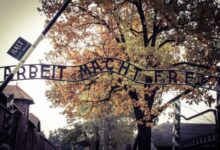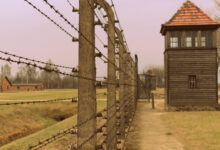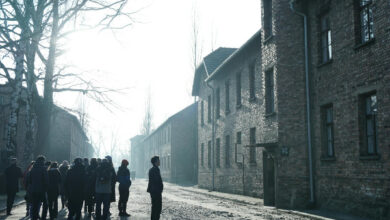Visiting the Auschwitz-Birkenau Memorial and Museum is a powerful experience that offers a sobering glimpse into one of the most harrowing chapters of human history. The site, which includes Auschwitz I and Auschwitz II-Birkenau, stands as a testament to the atrocities committed during the Holocaust.
As the largest concentration camp operated by the Nazi regime during World War II, your visit here is sure to be a poignant journey through the echoes of the past.
You have the option to explore the memorial without a guide, allowing you the flexibility to reflect on the site’s profound history at your own pace.
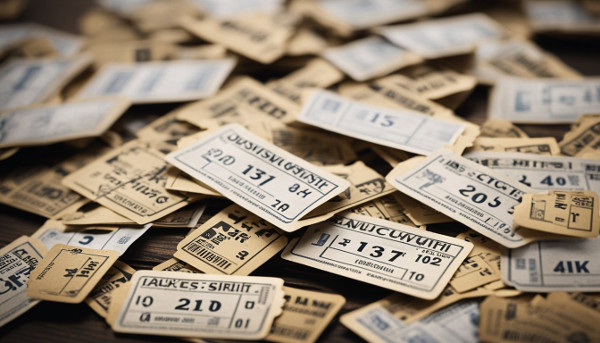
Engaging with the museum in this way gives you the opportunity to personally interact with the remnants of the concentration camp, including the haunting ruins of the gas chambers, the poignant personal artefacts of the victims, and the sombre memorials that punctuate the landscape of Auschwitz-Birkenau.
Planning your visit requires some consideration, as the museum’s rules entail a minimum reserved visiting time of at least three-and-a-half hours.
This unguided access may be subject to specific entry times and visitor capacity limits, ensuring the preservation of the site and a respectful atmosphere for reflection.
It’s important to be aware of these requirements so that your visit to this significant historical landmark can be as meaningful and informative as possible.
Table of Contents:
Planning Your Visit to Auschwitz without guide

When arranging a visit to Auschwitz-Birkenau, it’s crucial to consider the historical significance of the site, optimal visiting times, and the specifics of acquiring entry passes, particularly for those preferring to explore without a guide.
Understanding Auschwitz-Birkenau
Auschwitz-Birkenau, a complex of Nazi concentration and extermination camps, stands as a stark memorial to the atrocities of World War II. To truly comprehend the magnitude of the Holocaust, you must visit both sections of the camp: Auschwitz I and Auschwitz II-Birkenau.
An unaccompanied visit allows you to reflect personally on the sombre history at your own pace.
Best Time to Visit
To ensure a contemplative experience, plan your visit for September when the crowds are less dense, and you’re more likely to receive a personalised entry pass. The weather is typically milder, and you’ll avoid the peak season’s heavy footfall.
Entry times are available from 7:30 am, with the last entry typically several hours before closure, which varies by season.
Tickets and Entry Pass Information
Entry to Auschwitz-Birkenau is free of charge, but entry passes must be booked online to secure your desired time slot, as the site manages visitor flow through scheduled entries.
Here’s what you need to know about obtaining tickets:
- Booking Entry Passes: Secure your entry cards via the official Auschwitz-Birkenau website. Even though entry is without charge, booking an entry pass is mandatory.
- Availability: Booking opens two months in advance and is highly recommended due to the high demand, especially during peak months. For individual visitors wanting to enter without a guide, specific time slots can be reserved.
- Changes and Refunds: If your plans change, entry passes can typically be modified or cancelled, but be sure to review the most current refund policy and potential charges for changes.
- Children: While Auschwitz-Birkenau is accessible to children, the harsh realities presented may not be suitable for younger visitors. Assess if a self-guided visit is appropriate for your family.
- Tickets for Individual Visitors: Availability for individual, non-guided visitor slots can be limited. Plan ahead and book early on the camp’s official website to ensure your space.
To visit Auschwitz without a tour guide, adhere to the booking suggestions and consider the solemn context of the site to maintain respect during your visit.
Getting to Auschwitz
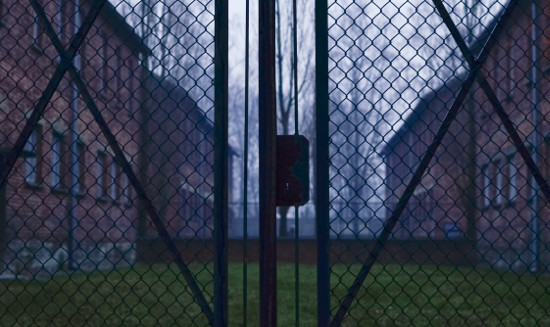
Before planning your visit to Auschwitz, it’s crucial to understand the various transport options at your disposal. Whether you’re driving yourself or using public transport, ease of access is facilitated from major nearby cities like Krakow. Read also How to get to Auschwitz from various Polish cities and Auschwitz-Birkenau Memorial Tour with Optional Lunch
Transport Options
Auschwitz can be reached using several methods of transportation. Most commonly, visitors use bus or train services from major surrounding cities. Guided tours often include transport, but if you’re looking to visit without a guide, the independent options are:
- Bus: There are frequent bus services from Krakow to Auschwitz, with various companies offering this route, including the Lajkonik bus service.
- Train: Trains are available but may not be as direct as bus services, with train trips often requiring a change at a nearby station.
- A shuttle service operates between the main camp (Auschwitz I) and Auschwitz II-Birkenau, which is helpful once you are in the vicinity of the camps.
Arriving by Car
If you decide to travel by car, set your destination to Oswiecim, the town where Auschwitz is located. Parking is available near the museum. Here’s what you need to keep in mind:
- Make sure to have a parking plan, as the space can be limited especially during peak visiting hours.
- GPS Coordinates: Use these to locate the museum accurately: 50.034398, 19.209778.
Visiting from Krakow
Krakow is the most common starting point for those looking to visit Auschwitz:
- Bus: Buses leave frequently from Krakow Glowny (main station), with the journey taking approximately 85 minutes. Check the Auschwitz bus timetable for details.
- Train: There are train options, though less frequent and might involve more travel time due to connections.
- If you’re not driving or using public transport, consider booking with a transport company that offers return trips to and from Krakow.
Details upon Arrival
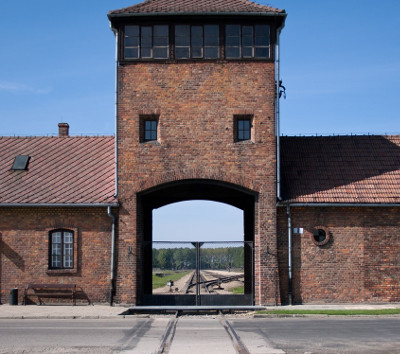
When you arrive at Auschwitz, it’s essential to understand the admission procedures and what facilities are available to ensure a respectful and informative visit without a guide.
Admission Procedures
Arriving at the Entrance: Upon reaching Auschwitz, proceed directly to the entrance with your free admission card. These cards are available for download from the visit booking system, particularly for individual visitors without educators or guides. The cards allow entry at specific times, which vary through the year; for example:
- January and November: Entry from 1.00 p.m.
- February: Entry from 2.00 p.m.
- March and October: Entry from 3.00 p.m. Read also Auschwitz March Tour
Joining a Group: If you prefer not to take a guided tour, you do not need to join any group. However, certain areas may be crowded, and joining a brief queue may be necessary. Read also Krakow: Auschwitz-Birkenau Full-Day Guided Tour
Language Options: Although an educator-guide isn’t accompanying you, consider making use of an audio guide available in multiple languages, including English, to enhance your understanding during your visit.
Facilities at Auschwitz
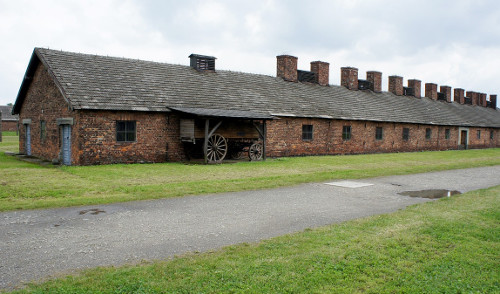
Dining: No food or drinks are allowed inside the museum. Plan to eat before your visit or afterwards. A nearby town offers dining options, and some light refreshments might be available on site.
Storage: For safety and preservation reasons, backpacks, large handbags, and bulky items are not permitted inside the museum. Use the car park area to leave your belongings or rent a locker if available.
Accessibility: Maps of the site might be provided at the entrance. Additionally, look for signs indicating directions; they are easily visible throughout the premises.
- Bus Station: There are buses regularly travelling to and from Auschwitz. The bus station is located a short distance from the main entrance.
- Car Park: If arriving by car, there is a designated car park for visitors. The parking fees are subject to change, so check the latest information upon your arrival.
Viewing the Film: A documentary film about the history of the camp is shown at scheduled times throughout the day, in various languages, including English. Check the timetable upon arrival if you wish to watch this.
Touring the Camp
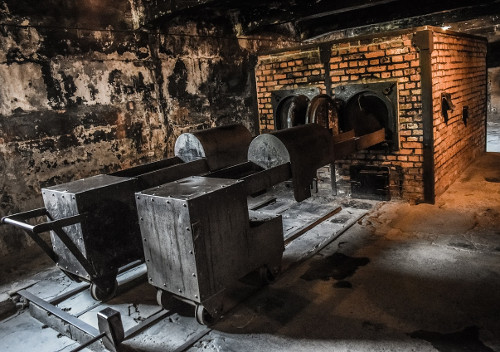
When visiting Auschwitz-Birkenau, you have the option to explore the site either as part of a guided tour or on your own. The experience without a guide offers a reflective and personal journey through the camp’s history.
Tour Options
The Auschwitz-Birkenau memorial and museum provides a range of tour options, from general tours spanning approximately 2.5 to 3.5 hours, to extensive study tours lasting one or two days. You can also reserve Auschwitz Tour with Hotel Pick-up
However, for visitors preferring to tour the camp at their own pace, touring Auschwitz without a guide is possible. Here’s what you need to know:
- Auschwitz I: At certain times of the year, including January and November after 1:00 p.m., and February after 2:00 p.m., you can enter without a guide. For exact times, refer to the official booking system as these can vary.
- Birkenau site: The Birkenau camp can be visited without a guide. Since Birkenau is more expansive, it’s advisable to allocate sufficient time to comprehend the vastness and historic significance of the site.
Rules and Regulations
When touring the camp independently, you must abide by certain rules and regulations:
- Admission Cards: To access the site without a guide, free admission cards are required. These can be obtained via the camp’s visit booking system.
- Timings: The ability to visit without a guide is restricted to specific times, so it’s essential to coordinate your visit with the available slots.
- Respect: Given the sensitive nature of the site, a respectful demeanor is mandatory at all times.
Additional Information

This section provides details on nearby amenities and accommodation options to enhance your visit to Auschwitz, ensuring you can plan your trip with confidence.
Services Nearby
When you visit Auschwitz, you’ll find a range of services to support your experience. In Krakow, which is the nearest major city to Auschwitz, you have access to various transportation options:
- Buses: Regular bus services are available from Krakow to Auschwitz, with departures at frequent intervals throughout the day.
- Trains: Alternatively, you might opt for a train journey, which can be a more scenic route to the camp.
For food and dining, Krakow abounds with options, including gluten-friendly cafes and eateries to accommodate dietary needs.
If you fancy a bit of entertainment, the Krakow casino offers an opportunity to unwind after a day of sightseeing.
It’s worth mentioning that Krakow, located in Southern Poland, serves as an excellent base for exploring nearby attractions such as the Wieliczka Salt Mines.
Extended Stay Options
If you’re considering an extended stay or a multi-day visit, a variety of accommodations are at your disposal. For overnight stays:
- Housing: Secure housing ranging from budget-friendly hostels to more luxurious hotels within Krakow.
- Overnight train: If you’re arriving from a distant city, an overnight train can provide both transportation and a night’s rest.
Should you wish to partake in a small group tour on a following day or make a day trip to another destination, these can frequently be booked through your accommodations or via travel agencies within Krakow.
Reflecting on Your Visit to Auschwitz
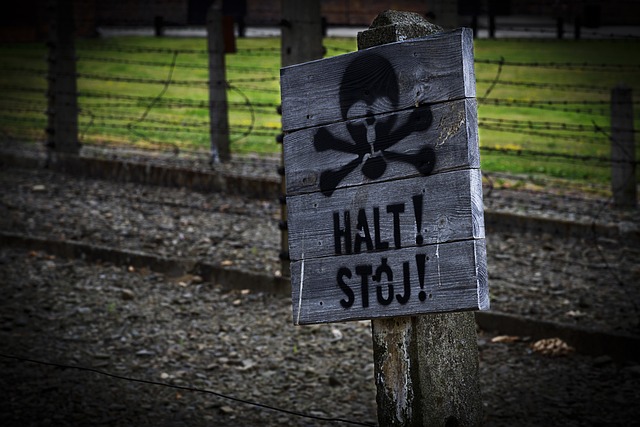
Visiting the Auschwitz-Birkenau Memorial is an experience that invites deep reflection on one of the darkest chapters in human history.
Your journey through the remnants of the largest Nazi concentration and extermination camp will likely leave you with profound thoughts about the Holocaust and World War II.
As you traverse the grounds of Auschwitz I and the vast expanses of Auschwitz II-Birkenau, the scale of the atrocities committed during the Holocaust becomes clear.
The sight of the preserved barracks, rail tracks leading into Birkenau, and the ruins of the gas chambers are a stark reminder of the lives lost during this harrowing period.
- The gas chambers, once scenes of untold suffering, stand as a testimony to the cruelty inflicted upon millions.
- Walking past the barbed wire fences at Birkenau can be especially poignant, considering the vast number of people who were brought through these gates, never to return.
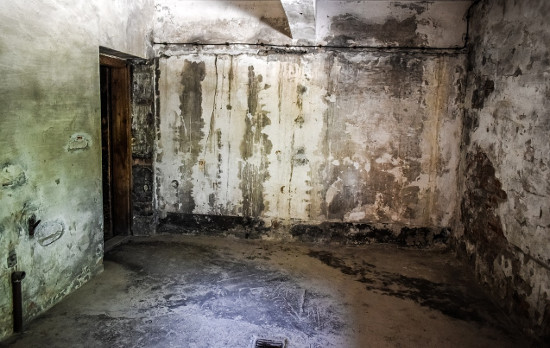
It’s crucial to give yourself time to absorb the atmosphere and contemplate the events that took place here.
Your thoughts may be stirred by the silence that now blankets the site, which once resounded with the footsteps and voices of those who lived and perished within its confines.
Take a moment to reflect upon the impact of World War II and the lessons that history has entrusted to us.
The experience at Auschwitz-Birkenau is not solely about seeing a place; it’s about understanding the depths of human actions, the capacity for resilience, and the enduring importance of remembering the past to inform our future.
Frequently Asked Questions
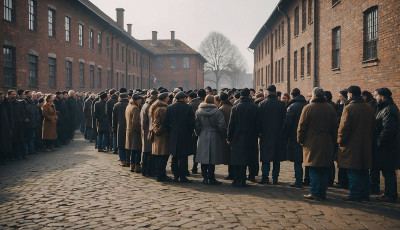
Can you visit Auschwitz without a guide?
Yes, you can visit Auschwitz without a guide. Whilst guided tours are recommended for a comprehensive understanding of the site, the option for self-guided tours is available. You will still require tickets to enter both Auschwitz I and Auschwitz II-Birkenau camps.
How do you book tickets for a non-guided tour?
Tickets can be booked via the official Auschwitz-Birkenau Memorial and Museum website. It is advisable to book your tickets in advance due to high demand.
What is the change and cancellation policy for tickets?
The policy can vary depending on the ticket type and the company you purchase from. Always check the terms and conditions on the museum’s official website or the booking platform used.
Most companies offer the ability to modify or cancel your booking, but this may be subject to a cancellation fee.
Is the availability of tickets for non-guided tours different from guided tours?
Availability for non-guided tours might differ from that of guided tours. Since the number of visitors is limited daily, it is crucial to check availability and book well in advance.
What should you know before visiting Auschwitz?
- Prior booking is necessary.
- The visit can be very emotional; prepare accordingly.
- Follow the rules and guidelines provided by the museum for a respectful experience.
Remember to check the latest information and guidelines, as these can change. Visit the official museum website for the most up-to-date information.
